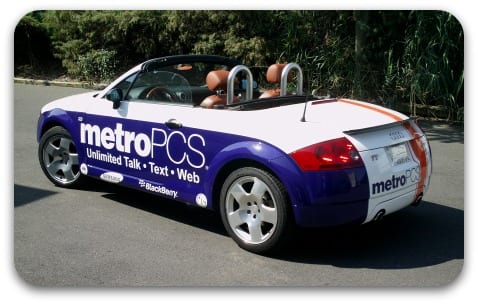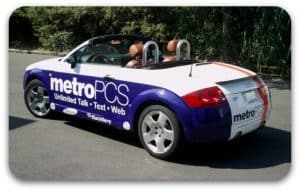
Creative Grocery Cart Advertising vs Endcaps: What Converts?
Creative Grocery Cart Advertising vs Endcaps: What Converts? Marketing professionals are constantly refining in-store strategies, but one question remains: what actually drives conversion — static endcap displays or creative grocery cart advertising? While endcaps may appear to dominate shelf real





